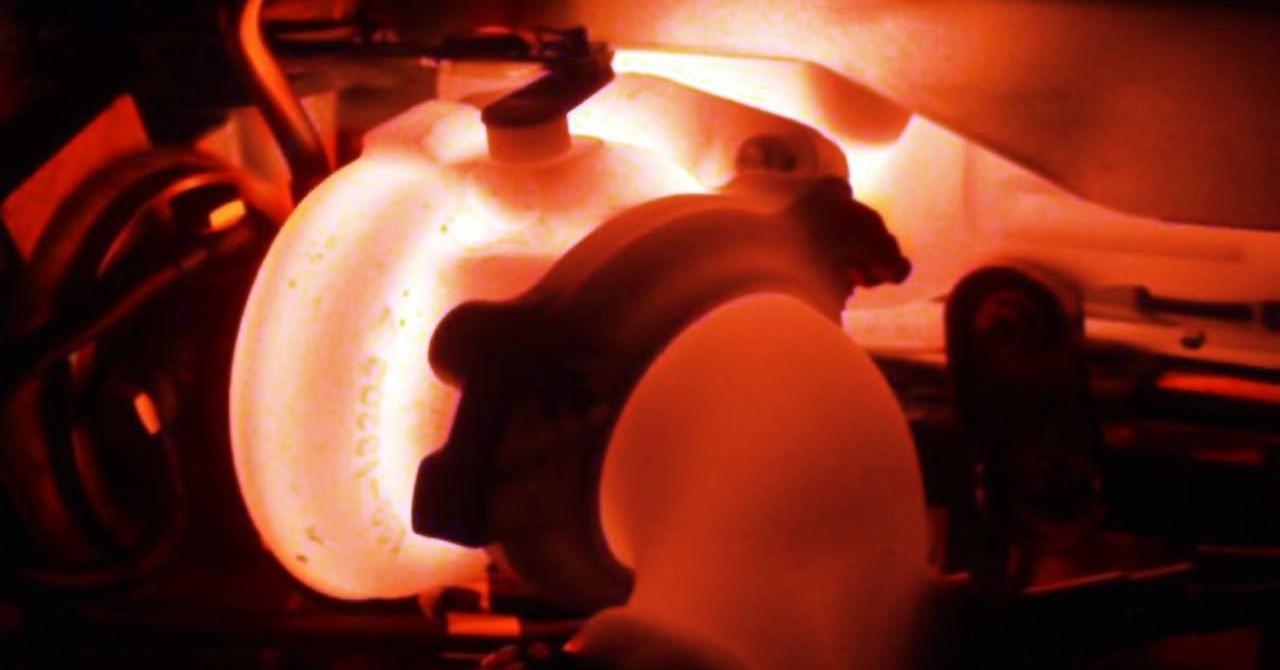Are you curious to know what is turbo lag? You have come to the right place as I am going to tell you everything about turbo lag in a very simple explanation. Without further discussion let’s begin to know what is turbo lag?
Turbochargers have become an integral part of modern automotive engineering, enhancing engine performance and efficiency. However, one common phenomenon associated with turbocharged engines is “turbo lag.” In this article, we’ll explore the intricacies of turbo lag, its causes, symptoms, and ways to minimize its impact on driving experience.
What Is Turbo Lag?
Turbo lag is the delay in throttle response experienced when a driver accelerates, and there is a noticeable delay before the turbocharger boosts engine power.
Causes Of Turbo Lag
- Inertia and Mass: Turbochargers consist of a turbine and a compressor. The turbine is powered by exhaust gases, and the compressor increases the air intake. The mass and inertia of these components contribute to the initial delay in response.
- Airflow Dynamics: The time it takes for exhaust gases to reach sufficient speed and create optimal airflow for the compressor to boost engine power adds to turbo lag.
- Electronic Control Systems: Some turbocharged engines use electronic control systems to manage the turbocharger. Delays in sensor feedback and response times can contribute to turbo lag.
Everything has its disadvantages on Disadvantagess you will get to know more.
Symptoms Of Turbo Lag
- Delayed Acceleration: The most noticeable symptom is a delay between pressing the accelerator and experiencing increased power.
- Flat Spot: A “flat spot” in the power band where the engine feels less responsive during acceleration.
- Hesitation: A momentary hesitation before the turbocharger kicks in and boosts power.
Ways To Reduce Turbo Lag
- Anti-Lag Systems: Anti-lag systems inject fuel into the exhaust manifold, keeping the turbocharger spinning even when the driver is off the throttle. This reduces lag during acceleration.
- Sequential Turbocharging: Some engines use multiple turbochargers, with a smaller one for low speeds and a larger one for higher speeds. This helps distribute the workload and minimize lag.
- Variable Geometry Turbochargers (VGT): VGT systems adjust the angle of the turbine blades based on engine speed, optimizing performance across different RPM ranges and reducing lag.
- Upgraded Intercoolers: Improved intercoolers can enhance the efficiency of the turbocharger by cooling the compressed air, reducing lag.
- Tuned ECU (Engine Control Unit): Fine-tuning the engine’s electronic control unit can improve throttle response and reduce turbo lag.
Conclusion
While turbo lag is an inherent characteristic of turbocharged engines, advancements in technology and engineering have led to innovative solutions to minimize its impact. By understanding the causes, symptoms, and available solutions, both automotive enthusiasts and everyday drivers can make informed decisions when it comes to turbocharged vehicles.
FAQ
What Does Turbo Lag Feel Like?
One of the most prolific of these downsides comes in the form of “turbo lag”. You may have experienced this yourself in your own car, where throttle response can be felt as much as 1-2 seconds later than when your foot is applied to the gas pedal.
What Is Turbo Lag In Simple Terms?
It’s the delay between when you open the throttle and when the turbo begins delivering boost—when the engine is above its boost threshold RPM. Some engines have nearly zero turbo lag, some have a ton. But there isn’t an engine out there that can deliver an immediate hit of boost below its boost threshold RPM.
How Do You Fix Turbo Lag?
What Is Turbo Lag? And How Do You Get Rid Of It?
- Five Ways to Reduce Turbo Lag. There isn’t a single solution to eliminate turbo lag, although there are a lot of strategies that can help. …
- 1: Add Nitrous Oxide. …
- 2: Increase Compression Ratio. …
- 3: Add A Wastegate. …
- 4: Narrowing the Powerband. …
- 5: Sequential Turbocharging.
How Long Does Turbo Lag Last?
In short, turbo lag is the delay between pressing the accelerator and feeling the turbo kick in. This usually takes about 1 second in newer cars.
I Have Covered All The Following Queries And Topics In The Above Article
What Is Anti Lag Turbo
What Is Turbo Lag In Diesel Engine
What Is Turbo Lag And How Can It Be Reduced
What Is Turbo Anti Lag
What Is Turbo Lag On A Car
What Is Turbo Lag In Diesel
What Is Turbo Lag In Diesel Engine
What Is Turbo Lag And How Can It Be Reduced
Turbo Lag Symptoms
Turbo Lag Fix
How To Reduce Turbo Lag In Diesel Engines
How Long Is Turbo Lag
What Is Turbo Lag
